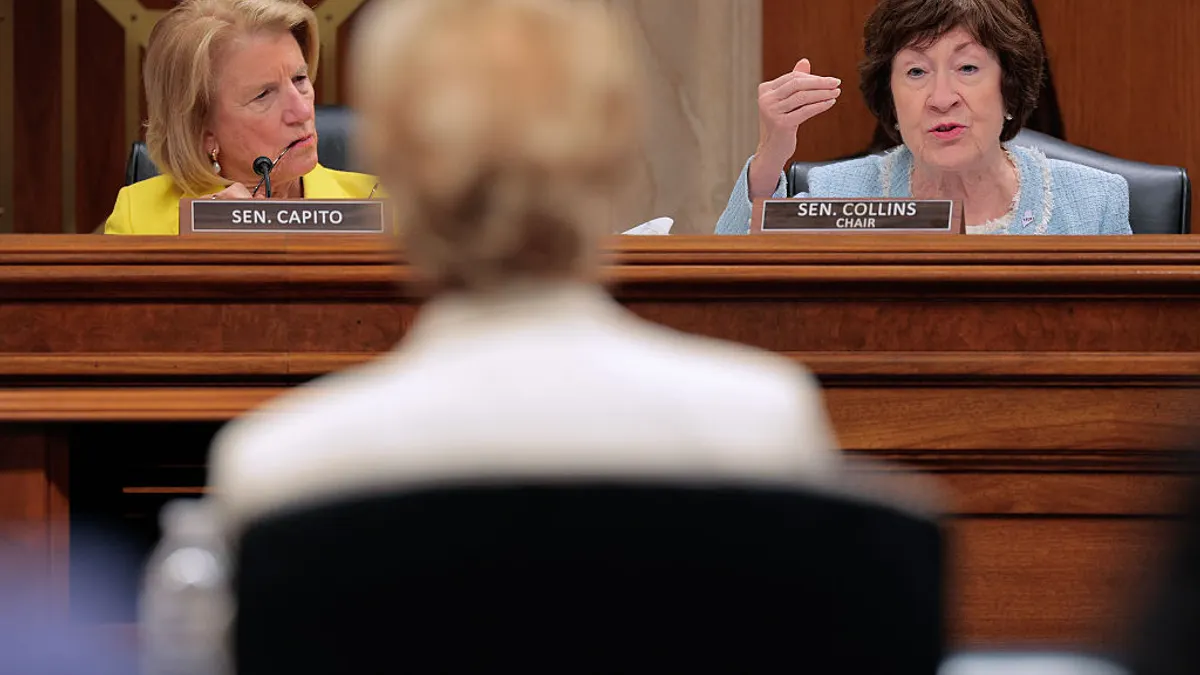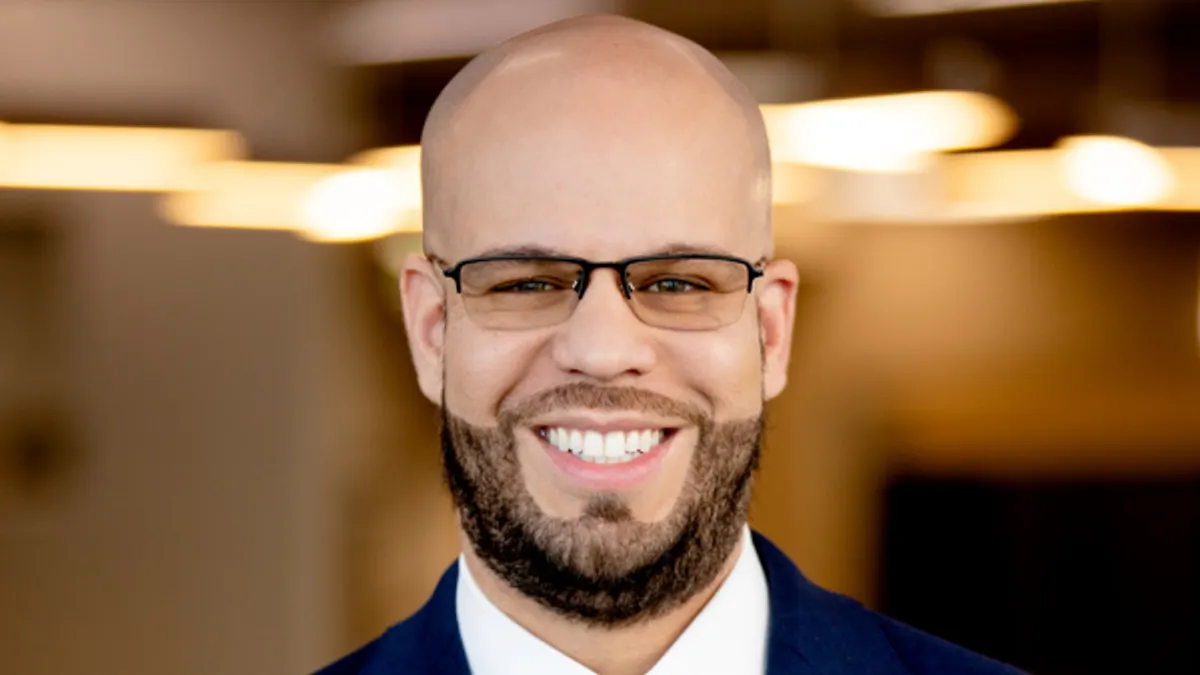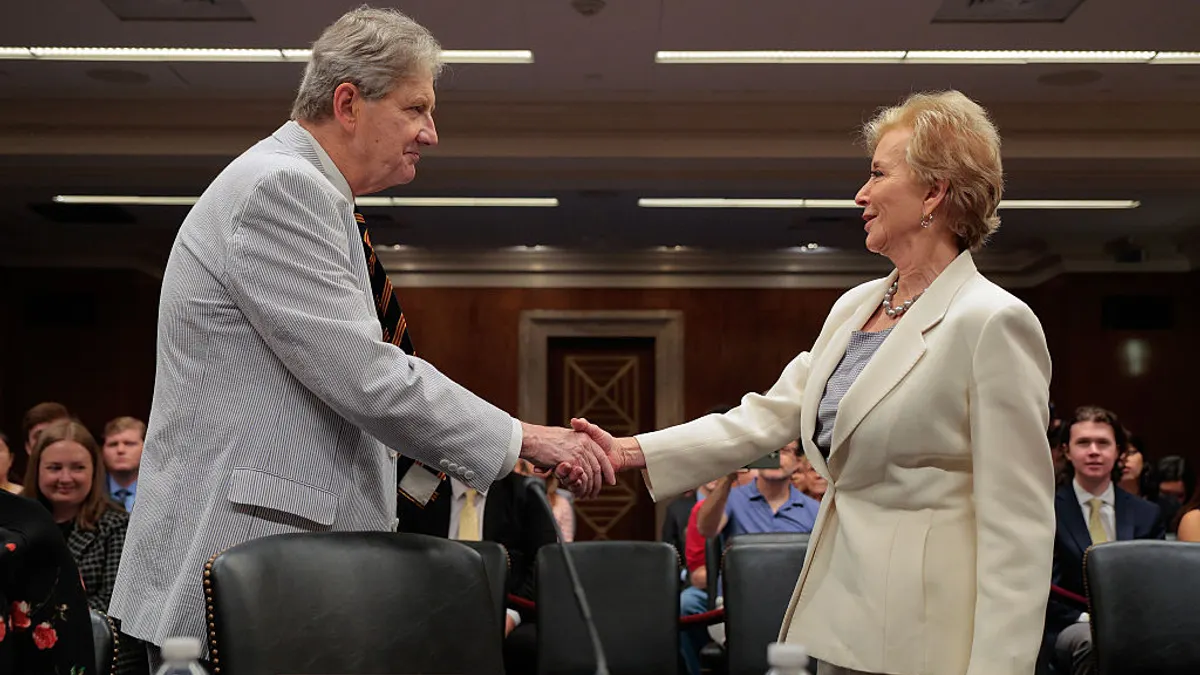With the last federal COVID-19 relief fund deadline approaching in 18 months, district financial teams should prepare for financial stress over the next two years that could be worse than the last recession, according to Marguerite Roza, an education finance researcher and director of Georgetown University's Edunomics Lab.
"It's kind of a ‘make it or break it,’ we think, for public education," said Roza during a Wednesday afternoon webinar hosted by Edunomics Lab. "These are big financial shocks above or beyond what's normal in school districts.”
When the $189.5 billion in total Elementary And Secondary School Emergency Relief funds are no longer in play, most districts will face a fiscal cliff. Roza predicts the average district will have to cut costs by about $1,200 per student in 2024-25. Among districts that will be particularly vulnerable are:
- Districts using ESSER funds for recurring financial commitments, such as backfilling their budgets or spending on new hires and permanent raises.
- Urban districts, districts with delayed in-person instruction, and Northern states could see lower revenues as a result of enrollment declines.
- Districts growing their staff and offering permanent raises that are larger than usual.
- Districts that are more dependent on state revenue or are located in states more affected by economic slowdowns.
While most district leaders don't yet have a game plan, budgeting decisions made by districts later this spring — as well as earlier decision making like where they invested ESSER funds — will determine how well they are able to weather the storm.
"This spring's district budget choices are going to matter tremendously for the years ahead," Roza said.
These decisions will also impact long-term district finances, employee layoffs and school closures.
However, they could be hard decisions to make, considering the competing interests of ensuring ESSER helps students on one hand and reigning in spending in anticipation of gaps on the other.
Here are six things districts should take into consideration when discussing budgets in the coming months:
Weigh whether investments so far are working
Despite the importance of understanding return-on-investment with these funds, only a small percentage of districts and states are leaning on data to document the impact of ESSER investments on students, according to Roza and Katherine Silberstein, strategic projects lead at Edunomics Lab.
As 2023-24 budgets are being prepared, districts should take a look at whether their spending decisions so far have helped students recover from the pandemic. If not, it's possible for districts to change course on their spending plans.
Determine magnitude of forecasted budget gaps
Many districts that Edunomics Lab tracks are forecasting sizable gaps. San Diego, for example, is predicting a 16.5% gap, and Seattle, Houston and Cleveland are all facing gaps slightly larger than 11%, per data shared during the webinar.
"Those are really large gaps for districts to close," Roza said.
Some actions that could worsen budget gaps include locking in multi-year raises and holding on to excess employees despite revenue shortfalls. On the other hand, letting go of some staff and reining in cost growth — like for benefits or special education services — could help.
Evaluate enrollment and staffing trends
Enrollment drives revenue, and staffing drives spending. Nationally however, enrollment is falling and staffing is increasing, per Edunomics Lab. But rather than downsizing, many districts have used ESSER funds to backfill their budgets despite seeing enrollment declines.
Make tough decisions where needed
It's common for districts to put off budget cuts, which are often tough to make and unpopular among the public, said Roza. However, if a budget gap represents more than 2% of the district budget, districts will likely have no choice but to cut labor costs, considering labor is a big chunk of district budgets, she added.
For a district with 5,000 employees, approximately 215 jobs would be at risk, per Edunomics Lab's calculations. It's better to make these tough decisions sooner rather than later, considering delays can worsen the situation. Instead of delaying, districts should be clear with the public on where they stand financially and what changes could be on the horizon.
School closures may be necessary
In some cases, districts may have to weigh permanent school closures.
"This will be about the most fiery issue communities face," Roza said. The debate could boil down to whether it is better for kids to stay in a school with underwhelming resources or for them to shift into schools with a full staff.
Districts should take into consideration multiple factors when considering whether and how to close schools.
"And the key question here is: What criteria will the district use to select schools for closure?" said Roza. Some things to consider could be student performance, enrollment levels and location of schools.
States could intervene
If districts continue to overspend, some states could intervene, leading to state takeovers in the worstcase scenario. Twenty states have laws authorizing state interventions into the finances of local governments, according to Pew. However, intervention could also mean collaborative supports and financial management.
"I think this is worth discussing with your community, because communities hate the state intervention," Roza said. "But they better see it coming if they are going to resist making some of the tough [district] decisions coming down the road."






















